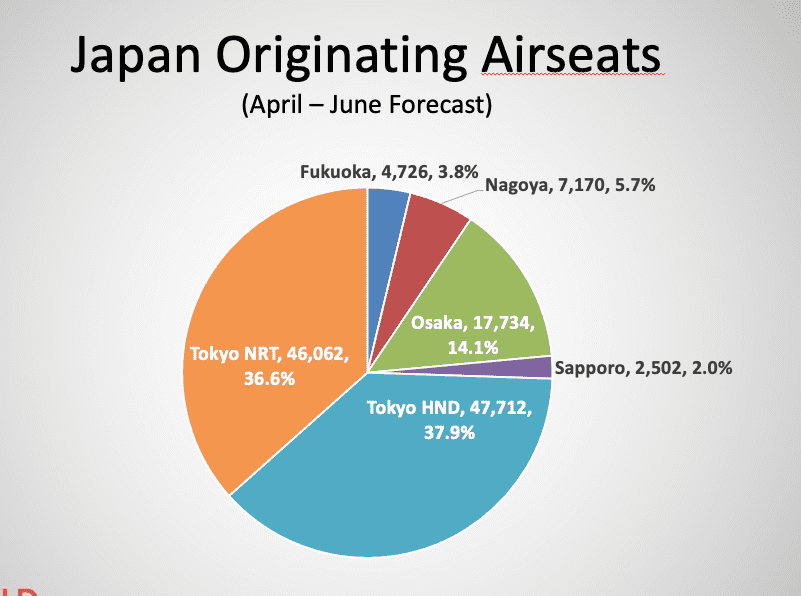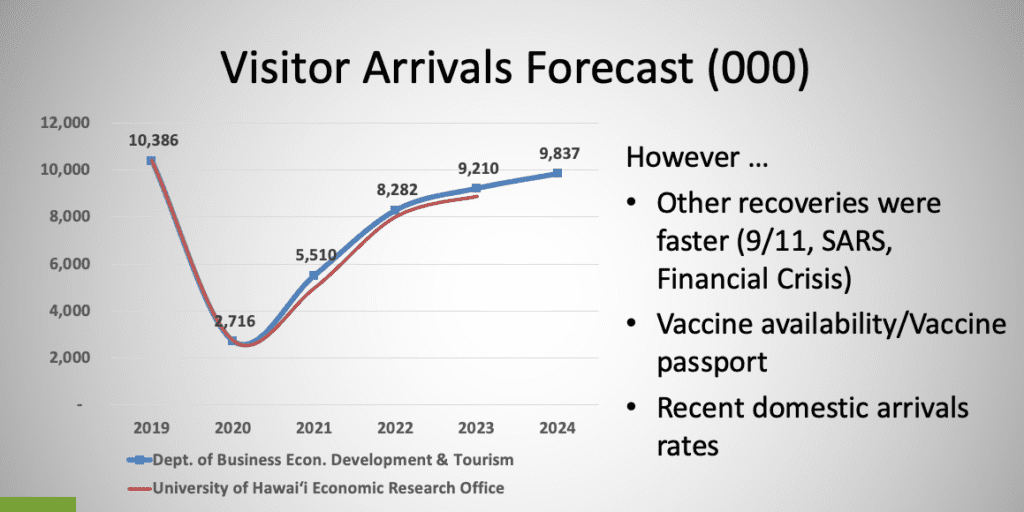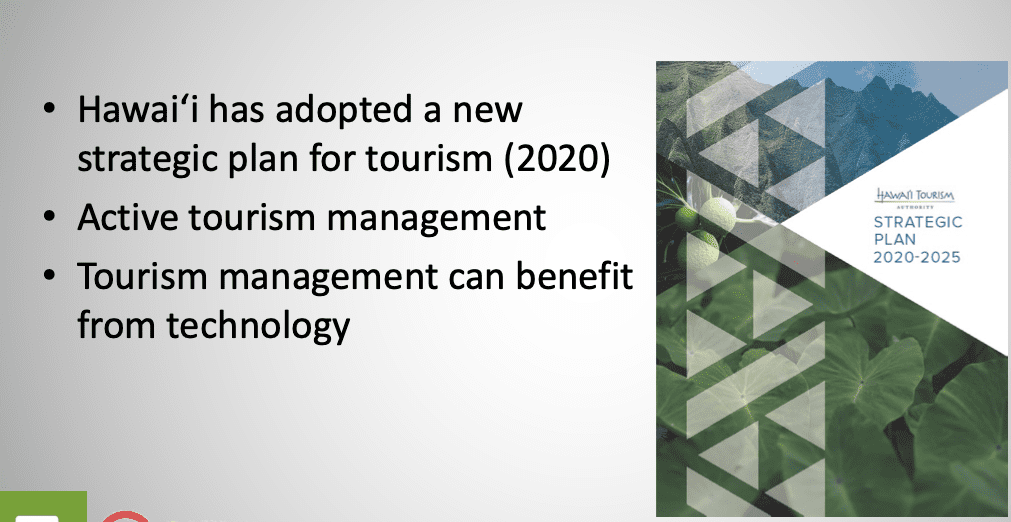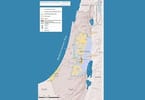
Three quarters of the airlift from Japan will come from Tokyo, though other prefectures are also forecast to resume Hawai‘i service.

Taking a look further into the future of tourism recovery, both the Hawai‘i Department of Business Economic Development and Tourism and the University of Hawai‘i don’t see tourism getting back to 2019 levels for several years … probably 2024 or 2025. However, despite the severity of tourism’s collapse, there are signs that the recovery may be faster than these official forecasts. Looking at history, the last three tourism disruptions … 9/11, SARS, and the financial crisis of 2018, all recovered within two years. At least for the domestic market, vaccine development and distribution has been very rapid. And the state of Hawaii is developing applications to create a “vaccine passport” as soon as May of this year … making it much easier to travel. Finally, the most recent arrival numbers during the spring school break in March were very strong, indicating that there is pent up demand and a willingness to travel that is emerging.

I would like to conclude by imagining what tourism will look like as we recover from the crisis of 2019. I think part the discussion about tourism’s future will be about an idea called “smart tourism,” using technology as a management tool. First of all I’m optimistic that tourism will recover.
It always has even after other major disruptions such a 9/11. It recovers because the fundamental conditions are in place that drive it. Global economic development and urbanization, education levels, increasing availability and efficiency of air travel and other factors all point to a resumption of growth in travel. However, tourism will change. After 9/11 we saw dramatic changes in air travel related to security. We’ll see similar dramatic changes following this pandemic in health and safety protocols. And, similar to the costs of added security following 9/11, these changes will add to the cost and the complexity of travel in a post pandemic future.
Clearly, some markets will recover faster than others. In Hawai‘i, vacation rentals are recovering more quickly than traditional hotels. Recovery will be also affected by rules, regulations and restrictions imposed by various governments. Requirements for testing or quarantine will dampen tourism – just as the fourteen-day quarantine requirement prior to October essentially shut down Hawai‘i tourism.
Some markets may never fully recover – or they may be changed forever. The market for business travel and conventions is an example of one that may change as the world has embraced virtual meetings. As tourism recovers, it still faces many risks. Tourism is a fragile industry. Certainly one risk is the possibility of new viruses or variants of the COVID virus that could shut everything down again.
Hopefully, we have learned from this pandemic how to prepare for and respond to the next one. Technology will play an ever-increasing role in managing mass tourism and health and safety requirements. Contactless customer service using smartphone apps … and robotics will become much more common. In Hawai‘i, you will see the requirement to make reservations and pay access fees for popular sites. I remain optimistic, though, as long as we learn our lessons from this pandemic … and plan and prepare for the next one.

Hawai‘i Tourism Authority has taken the first steps to plan for shift more emphasis on destination management relative to destination marketing with the adoption of its new strategic plan in 2020.
In the past, Hawai‘i did not do too much in actively managing sites and tourism impacts. But, with 10 million visitors in 2019 it was clear that more active management has become necessary. Following the adoption of the strategic plan Hawai‘i Tourism Authority is developing action plans for each of the islands, identifying problem areas, and proposing controls and other management solutions.
Already, access fees have been put in place or increased in popular areas like the Diamond Head trail and Hanauma Bay (a popular snorkeling destination). Going forward, technology will play a role in collecting fees and making reservations.

Another use of technology is to improve the effectiveness of marketing If we’re going to have large numbers of tourists – and we had 10M visitors in 2019 – there is a need to focus on the right visitors in order to increase visitor spending. Not all visitors are equal … some spend much more than others … and we need marketing tools to focus on those visitors who value Hawai‘i and are willing to spend more than the average visitor.
Big data can provide information about visitor profiles and their spending and behavioral patterns. Identify who enjoys resorts … who golfs … who wants culinary or dining experiences … who travels to experience a different culture. And then reach them through precisely targeted marketing.






















